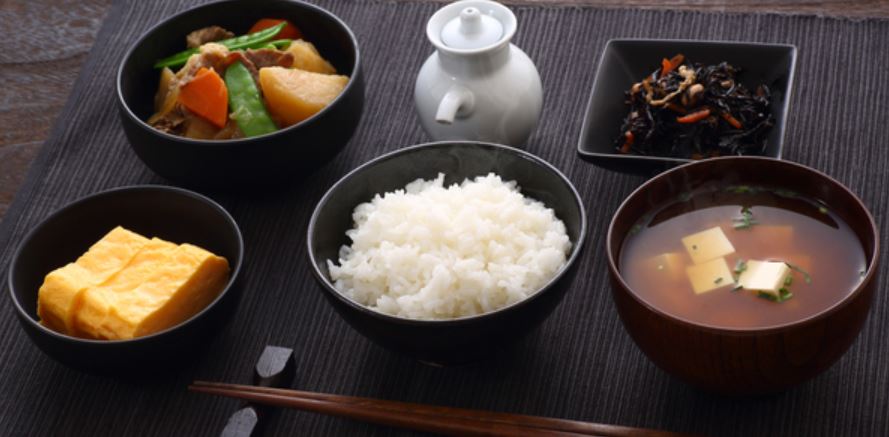
일본음식 일식 영어로 설명하기2
○○는 일본어로는 00라고 합니다"라고 말할때에는
"○○ is called 00 in Japanese '라고 표현합니다.
Pickled plum is called Umeboshi in Japanese
(매실장아찌를 일본어로 우메보시라고합니다.)
우메보시
"pickled plum"
매실 장아찌지요
Pickled plum is known for its antiseptic effect
(매실은 살균 작용이 있다고 알려져 있습니다.)
피클 = pickles, pickled vegetable"입니다.
초밥에 곁들여지는 생강초는
"vinegared ginger",
붉은생강은'red pickled ginger"라고 설명합니다.
두부
두부는 "bean curd"라고 표현할수도있지만
외국에서도 그냥 "tofu"라고 말해도 통해 버립니다.
두부 (firm tofu)
연두부 (soft tofu)
튀긴두부 deep fried tofu
두껍게 튀긴 두부 thicker version of deep fried tofu
유부 thin version of deep fried tofu
Anko is crucial for Japanese sweets
(단팥은 일본 과자에 빠뜨릴 수없습니다.)
단팥은
Anko라고 말하고
sweet bean paste라고 설명합니다
smooth textured anko (부드러운 팥소)
팥고물
anko with rough texture with husks
(콩 껍질이 남아있는 거친 단팥)"과 같이 설명할수 있습니다.
쌀
찹쌀" 은 "sticky rice" 과 "glutinous rice" 라고합니다.
Glutinous rice makes rice cakes (찹쌀로 떡을 만듭니다.)
Mochigome is a very sticky variety of rice.
Mochigome은 매우 끈적끈적한 쌀 품종이다
There are a variety of rice dishes. Sushi is just one of them.
많은 쌀 요리가 있습니다. 초밥은 그 중 하나입니다.
Actually, there are a large variety of sushi all over Japan
사실, 스시는 전국에다. 초밥은 그 중 하나입니다.
Actually, there are a large variety of sushi all over Japan
사실, 스시는 전국에 많은 종류가 있습니다.







